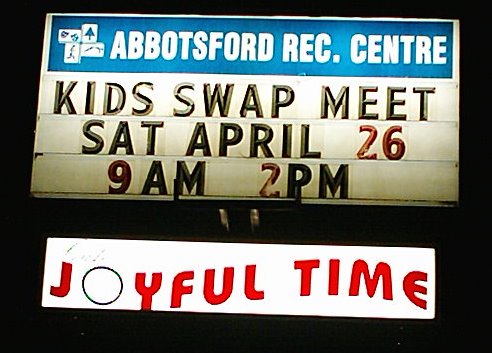It was the best of times, it was the worst of times.
The opening lines of Dickens “A tale of two cities” came to mind the other day, following encounters I had with two members of the homeless community I have known for several years. After years of addiction both men had found the desire and strength to go into treatment.
The first gentleman was fresh out of treatment, looking fat and sassy, full of life, humour and joy. Bright-eyed and full of plans he spoke of going to UCFV.
The second gentleman had also been full of life and plans when he was fresh out of treatment several months ago. This day found him looking thin and tired, slipping back into addiction.
The true tragedy here is not the second gentleman losing his way and his life to addiction once again, the true tragedy is this is “business as usual”.
People struggle to find the will and strength to get into treatment to get clean and sober. In treatment they are provided shelter and plenty of food, programs and support in dealing with their need, their addiction.
One to three months later they are released to homelessness. Just reaching the point where they are capable of getting solidly on the road to recovery they are abandoned. We forsake them, failing to provide the programs and support to continue on the journey of recovery.
Three months later and they are again losing their lives to addiction again. This is the cycle for all but a miniscule percentage of those dumped back onto the streets from treatment. A painful, wasteful cycle that we choose to allow to happen; I say choose because we know what needs to be done to be far more successful.
Personal experience has taught me how much time, hard work, and sheer strength it takes to get and stay on the path to recovery and mental health. I have experienced how important having the appropriate, the needed resources and support is to recovery
With the advantage of hindsight I can see how lucky I was, not only to find the programs (VOICE, WRAP etc.) and support I needed, but once having found what was needed there were resources available so that I could receive support essential to my continued recovery.
I see, unacceptably often, what happens to people who do not find what they need or worse – find what they need but there is no space, no resources, to meet their needs.
Those who find the programs, the resources, the support, prosper. Those who don’t find a way to fill these needs end up in the misery of homelessness and often addiction.
This is also the reality for those struggling with addiction. Not really surprising given that at least 50% are estimated to suffer from the concurrent disorders of mental illness and addiction.
One or even three months does not “treat” or “cure” addiction, even if we label facilities and programs as “treatment”.
Recovery is a continual journey of learning, self knowledge, personal growth and change. During the first year(s) of this journey one needs programs and resources to guide and promote this learning and growth, with support not only through the rough patches, but from day to day.
We can keep doing what we have been doing, hoping for a different outcome. Which as anyone familiar with Alcoholics Anonymous can tell you is the definition of insanity.
Or we can change our behaviour, put in place the programs, resources and support that research, current knowledge and experience tell us is needed to reclaim lives from the scourge of addiction.
We can continue to waste millions, hundreds of millions, of dollars to achieve little success. Or we can choose to spend our money wisely, saving hundreds of millions, even billions of dollars, and starting to reclaim lives by intelligently addressing the affliction and torment that is addiction.
Lao Tsa in his “ART OF War” writes: “Life is a series of natural and spontaneous changes. Don’t resist them – that only creates sorrow. Let reality be reality. Let things flow naturally forward in whatever way they like.”
Reality is that recovery from addiction is, like recovery from mental illness, a demanding and arduous years long journey, not a quick easy fix.
To deny this reality, to resist the changes needed only creates more sorrow. Let reality be reality and provide the resources we know are needed for people to flow forward into recovery.

